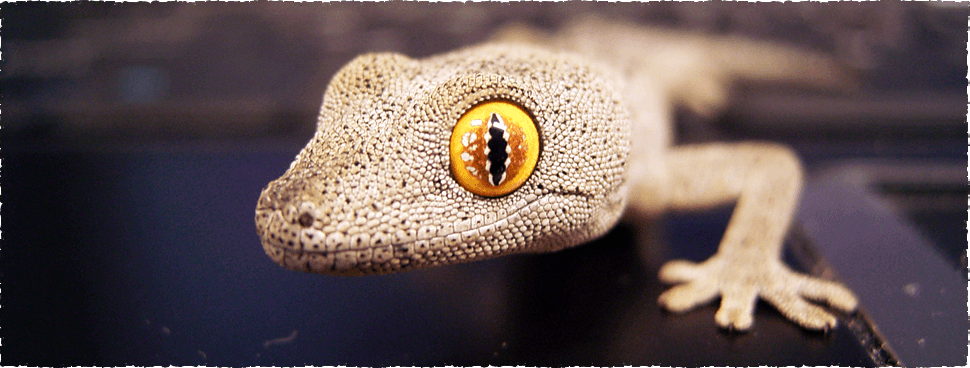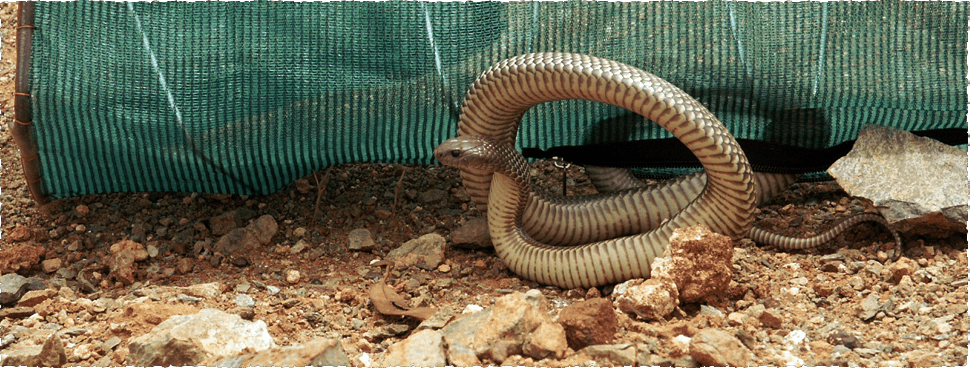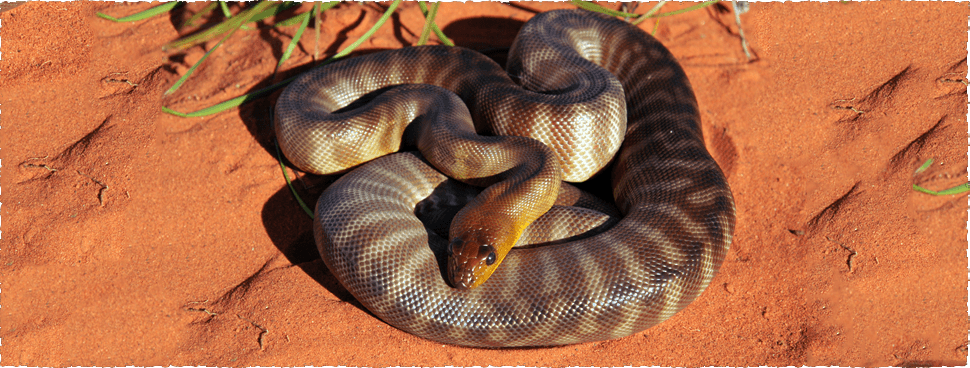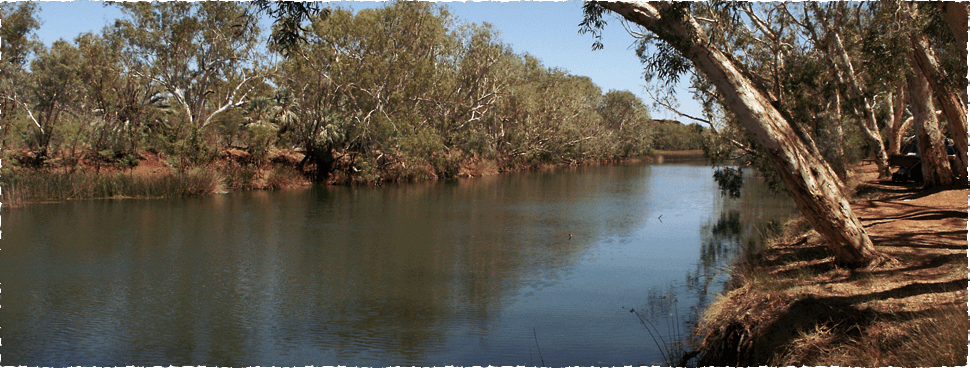Archive for the ‘General’ Category
Thermal imaging Malleefowl mounds – cost effective fauna survey technique
Malleefowl incubate their eggs in a mound of gravel and vegetation where heat is generated from organic decomposition, solar radiation or geothermal sources. Frith (1956) showed that Malleefowl egg incubation was largely achieved by heat generated from decomposition of organic matter and manipulating the covering of soil to keep the temperature within the range suitable […]... [READ MORE HERE]
Why do some dragon lizards run bipedally?
Dragon lizards, such as the Frilled-necked Lizard (Chlamydosaurus kingii), Bicycle Dragon (Ctenophorus cristatus), Lozenge-marked Dragon (C. scutulatus) and Gilbert’s Dragon (Amphibolurus gilberti) will readily run on their hind limbs. Do they do this is because they can run faster, it is more efficient or it is just more fun? Frilled-necked lizard (Chlamydosaurus kingii) Clemente et […]... [READ MORE HERE]
Does idealism have a place in the environmental industry?
As any graduate can tell you there is nothing quite like landing that first job fresh out of university and stepping out into the world as a young professional. After years of study we are eager to get out there for the chance to apply and hone all our newly acquired skills. More importantly we […]... [READ MORE HERE]
All-terrain vehicles (ATVs) make fauna assessments in remote areas much easier
All terrain vehicles (ATVs) have been with us for a long time, but they are not routinely used by environmental consultants undertaking fauna assessments in remote areas. Quite often a targeted fauna assessment or conservation significant fauna habitat assessment is required in an area that is devoid of tracks, where access is difficult and it […]... [READ MORE HERE]
Cotton spools as an animal tracking tool
We have attached cotton spools to the tails of dragon lizards and goannas to get an accurate understanding of their daily movement patterns. Cotton spools are light weight (~4g) and contain about 250-280m of cotton/nylon thread (Plate 1). The cotton pulls away from the centre of the spool, so the spool can be attached to […]... [READ MORE HERE]
How to make your garden fauna friendly
Perth is continually expanding and growing; as a consequence our native bushland is being cleared for housing development. The remaining bushland becomes degraded and isolated into small patches. This makes it challenging for fauna that get trapped in small remnant patches of bush and have to travel through and exist among residential areas. Being an […]... [READ MORE HERE]
A dark side of FIFO
The interest of many people to keep reptiles as pets has made pet herptofauna a lucrative international and domestic trade. Unlike mammals and birds, reptiles are smuggled in higher numbers as a result of the ease with which they are concealed and transported. Some snakes and lizards have been known to fetch upwards of $20,000 […]... [READ MORE HERE]
Song of the Dodo
It’s an unspoken aim of biological writing to speak to an audience broader than other biologists. However, scientific terminologies, complex ideas and a lack of access to scientific literature often means that the communication of the biological world to the non-scientific population is broken down or lost. Not only does David Quammen’s book ‘The Song […]... [READ MORE HERE]
Non-cocooning desert frogs
Following on from our recent information on cocoon forming frogs, we provide a comment on the non-cocoon forming group. Western Australia is blessed with an abundance of arid-adapted frogs (Tyler and Doughty 2009). Arid-adapted or desert frogs can be placed into two broad categories: cocooning and non-cocooning species. Almost all frogs will dehydrate if their […]... [READ MORE HERE]
Cocoon forming desert frogs
Cocooning frogs burrow into the ground after the surface water has receded but most often before the ponds have dried out. They burrow into sandy-clay soils, and probably dig down as deep as 1.2m, but most often much less than that. We studied the Northern Burrowing frog (Neobatrachus aquilonius) in the Gibson Desert, and with […]... [READ MORE HERE]















